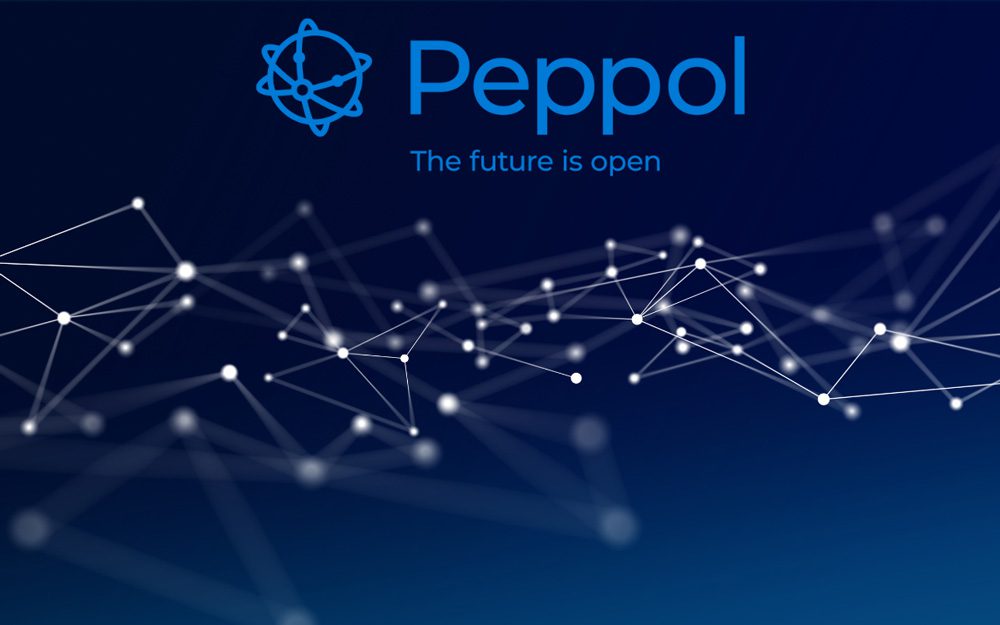Wanting to conduct an EDI project means being willing to simplify communications between your company and its partners in order, among other things, to solve problems related to business processes and to simplify them by setting up exchanges – without human intervention – of electronic files directly between your information systems and those of your partners. This can also be in some cases, a real commercial constraint to achieve the objective of a listing (for example a winegrower wishing to list 2.3 products with a large retailer).
Running an EDI project means organizing differently
Running an EDI project is not complicated in itself, but like any new project in a company, it requires the establishment of a new organization. To help you, I will tell you in this article the fundamental steps to take into account to successfully implement your EDI.
1. The strategy
What do you want to achieve through the implementation of EDI within your company (optimization of processes to satisfy your partners? Reduction of your costs? …). It is important to identify the reasons in order to deploy your project that best meets your needs. It is therefore necessary to establish all the prerequisites: technical characteristics, availability of equipment, needs, etc.
2. The project team
Make sure you surround yourself with the right people, whether internally (head office, subsidiaries, branches, etc.) or externally (customers, suppliers, administrations, logistics operators, etc.). Indeed, deploying an EDI project requires skills that must allow fluid and efficient coordination between different departments (IT, administrative and financial, logistics, commercial …).
3. The EDI service provider
Many organizations opt for an EDI service provider because it is a viable, simple and efficient solution, but you still have to choose it well. Find out now the criteria to take into account when choosing an EDI service provider.
4. Implementation of the EDI solution
The way an EDI system is designed depends on the number of interactions required or even personalized and the number of systems with which it will be necessary to interact. Many EDI solutions impose their own data structuring. In this case, it is very important to proceed to an analysis of the data of your internal and external systems to make sure that they correspond to what the application requires for the implementation of the EDI. In all cases, it will be necessary to do a mapping (lien : https://en.wikipedia.org/wiki/Data_mapping), so that the information of your internal system, when transmitted, goes to “the correct fields” of your partner’s system and vice versa.
5. The test phase
Once your technological solution has been chosen and implemented, and before its effective production, it is very important to carry out tests in “real conditions” with collaborators / partners present at the different stages of the EDI project, in order to ensure its proper functioning.
6. Follow-up
Once your solution has been launched, all that remains is to ensure the proper development of your solution (technical support, project development, etc.). For this, good communication and good relations with your EDI service provider are essential.
In short, these are the steps to take into consideration for the implementation of an EDI project to guarantee the maximum success.
Do not hesitate to contact one of our experts by phone, email or directly via the contact form for more information. We will be happy to advise you and support you in your project.

